Lesbian Space Princess
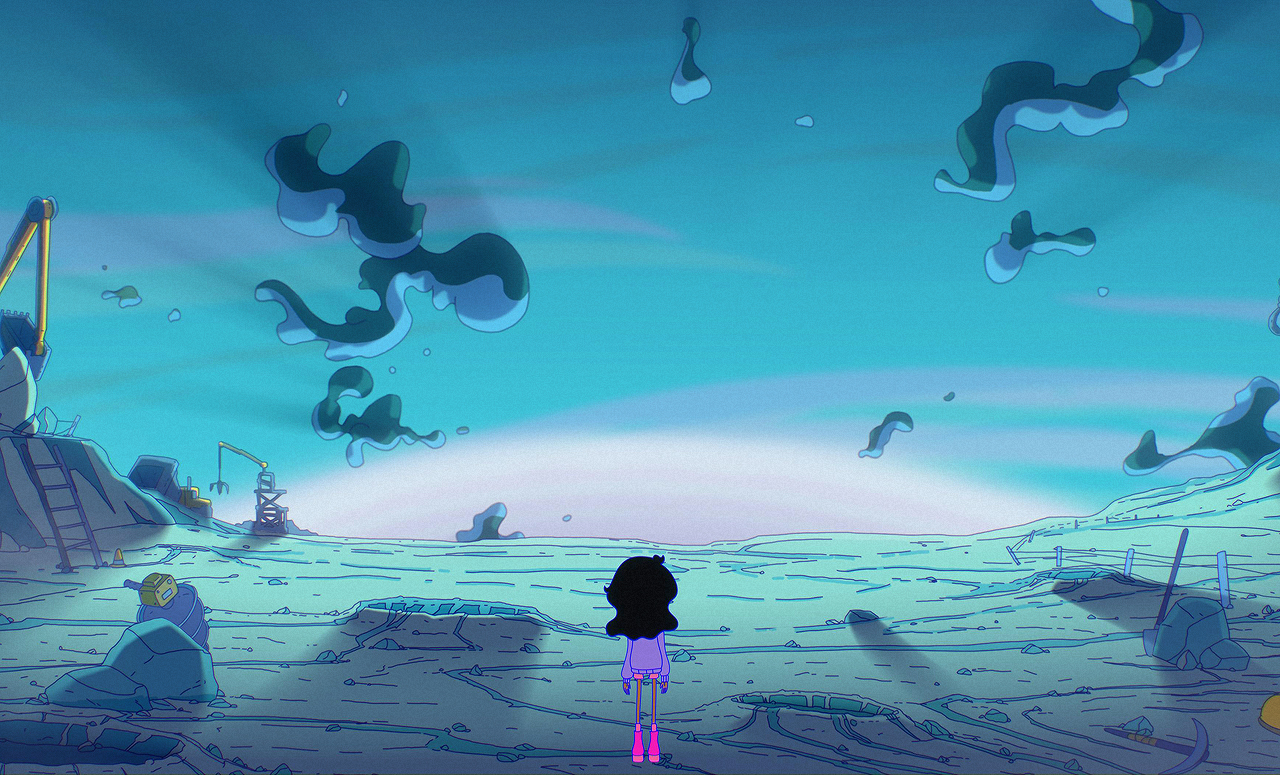
Vibrant and mischievous, Lesbian Space Princess is a queer adventure entry into this year’s Berlinale Film Festival. It follows Princess Saira of Clitopolis, an extravagant planet of lesbians, and her epic journey to save her ex-girlfriend Kiki from the treacherous and desperate hands of the straight white Maliens. Full of random musical numbers, creative puns and pop culture references, Emma Hough Hobbs and Leela Varghese’s piece is over-the-top in the best way possible. At the heart of the unique character designs and the grandiose universe of shimmering planets, is an exploration of anxiety, loneliness and the constant battle for confidence – alongside commentary on feminism, stereotypes and fragile masculinity.
Saira’s story is a coming-of-age masquerading as a failed romantic escapade. Her efforts to save Kiki are less about their relationship (or lack thereof) and more so about her constant chase for love in other people. There’s a parallel in her journey with the straight white Maliens in terms of realising that true love starts within the self. As a protagonist, Saira speaks to a lot of people who suffer anxious thoughts and constant self-doubt. Her plights are amplified by her ever-successful parents who drill the fear of being single within her. Saira’s real fight isn’t against the straight white Maliens, but against the voice inside her head telling her she’s not good enough. Throughout the feature, she meets some very interesting characters, one of which is Willow. There’s a contrast in her dynamic with Willow against her dynamic with Kiki, and it’s one that firmly displays Saira’s growth as a character.
The script is crude, explicit and inundated with puns. It has a lot of fun playing with creative references to other films such as Bella’s depression sequence from New Moon and the sex scene in Blue is the Warmest Colour. But the most notable reference is America Ferrera’s monologue in Barbie. Here, the straight white Maliens recreate the speech on the struggles of being a woman and apply it to their struggles of being straight, white and male. It’s an interesting little twist that serves as a commentary on patriarchy’s negative effects on men expressing vulnerability. It also reflects the phenomenon of men victimising themselves against women when it’s the patriarchal structure that has resulted in the lack of emotional support for them. The references in general are not just fun little easter eggs; they serve as metaphors and critical analyses of society.
A major downside to Lesbian Space Princess is that its message comes across as condescending in some parts. At times, it also falls into the very stereotypes it tries to critique, especially when it comes to the straight white Maliens. There’s also the oversimplification of the dangers of hypermasculinity and incel culture. The fast pacing and extreme focus on Saira leave little room for nuanced dissections of these other topics. However, there is more good than bad throughout the picture, and it is an enjoyable movie overall. From the visuals, the eccentric soundtrack and the endearing characters, Lesbian Space Princess is a clever and wildly entertaining animated film for adults – and one with plenty of lessons to teach.
Mae Trumata
Lesbian Space Princess does not have a release date yet.
Read more reviews from our Berlin Film Festival coverage here.
For further information about the event visit the Berlin Film Festival website here.
Watch the trailer for Lesbian Space Princess here:


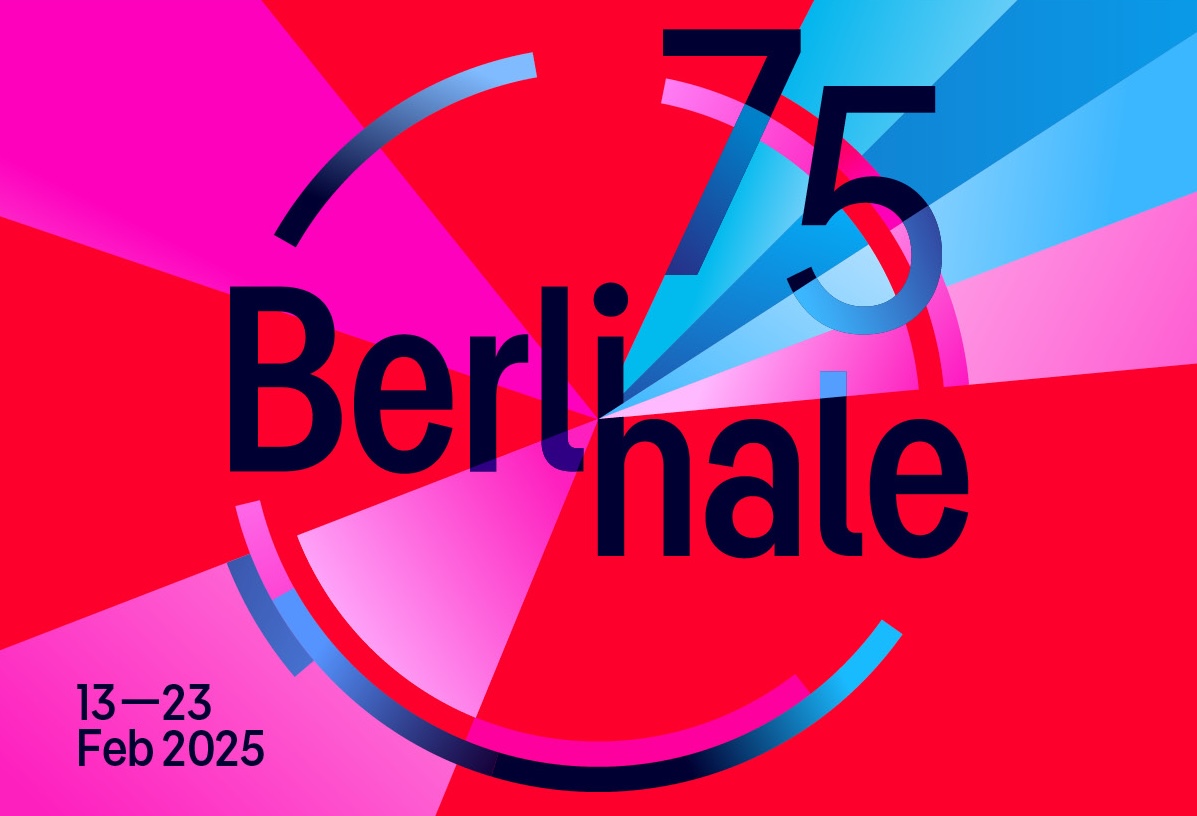

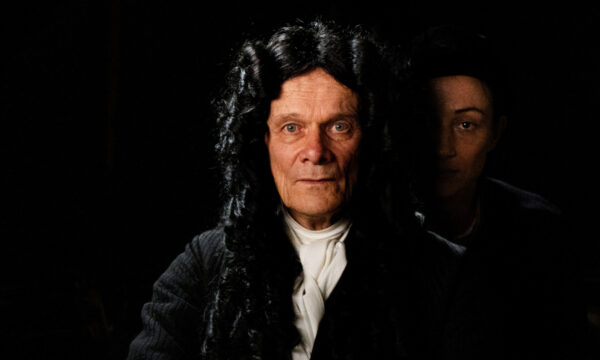
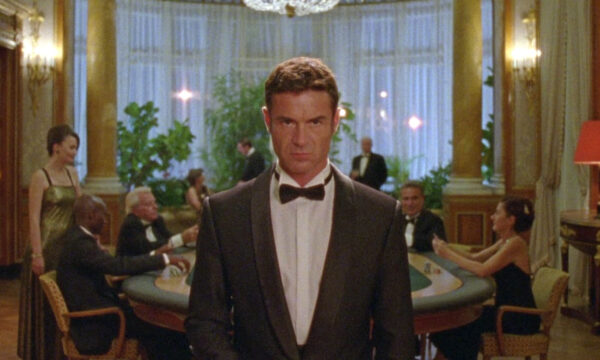

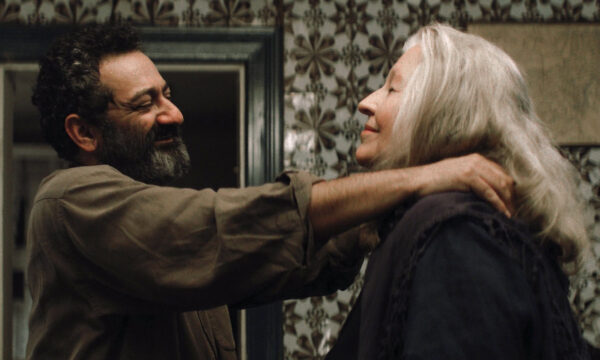
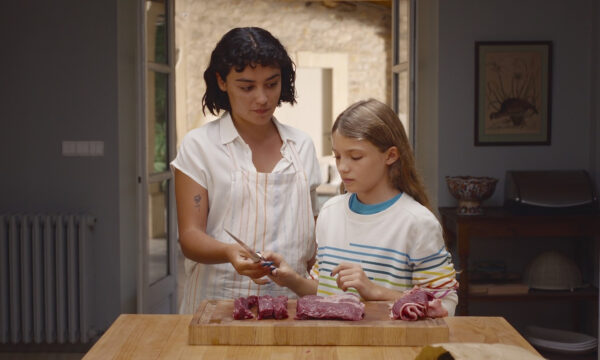
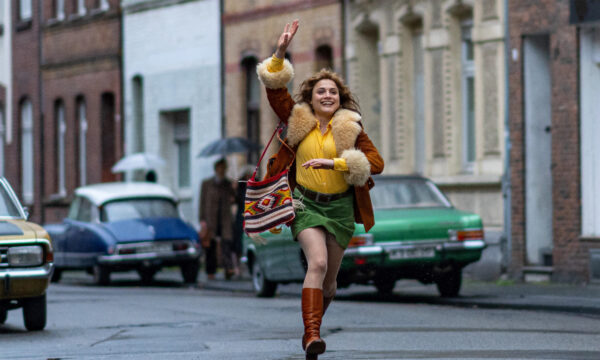
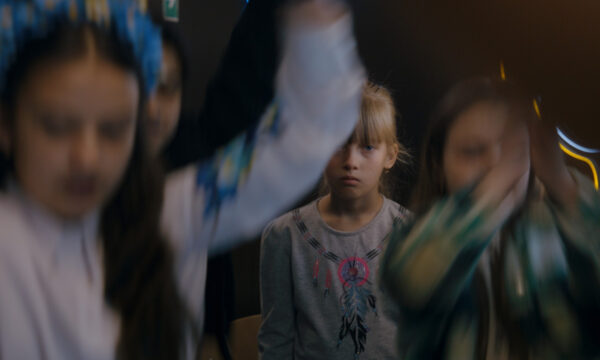
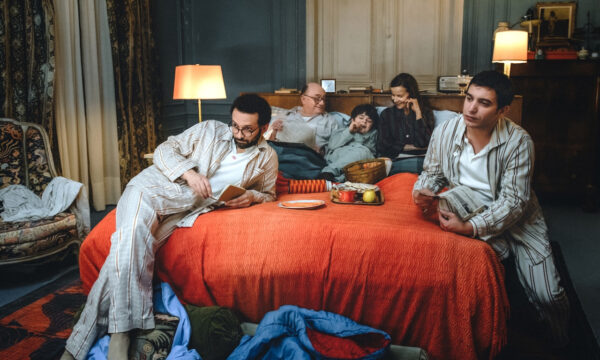




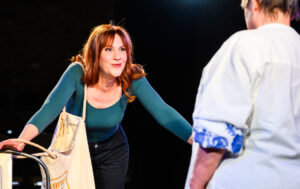










Facebook
Twitter
Instagram
YouTube
RSS